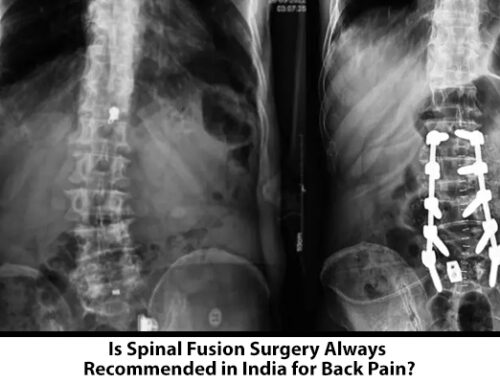The procedure in which a surgeon removes the damaged sections of your hip joint and replaces them with parts normally constructed of metal, ceramic and very hard plastic is known as hip replacement. There is a major role of artificial joint (prosthesis) in reducing pain and improving function. If your hip pain makes it difficult to perform daily activities and other treatments did not prove helpful or are no longer effective, hip replacement surgery, also called total hip arthroplasty, may be an option. The most common reason to need hip replacement is arthritis damage.
India is a country where hip replacement surgery is done at a very reasonable cost. The medical tourism companies in Kolkata give all the information regarding hip replacement surgery in India. However, this does not mean that there is any compromise on the quality of surgery. The surgery is done using modern equipment and the centres where this surgery is done are also of world-class standard. The doctors are highly skilled and are fluent in English. These are the reasons for which patients from the developed countries come to India every year for hip replacement surgery. They often need proper guidance about their medical needs and the reputed medical tourism agency in Kolkata gives them the necessary guidance.
The procedure of hip replacement surgery
The surgeon can do the hip replacement in the traditional way or using a minimally-invasive technique. The size of the incision is the main difference between the two procedures. You are given general anaesthesia in order to relax your muscles and put you into a temporary deep sleep before the standard hip replacement surgery. You will not feel any pain during the surgery as a result of this. Along the side of the hip, the surgeon makes a cut and moves the muscles connected to the thighbone to expose the hip joint. The surgeon cuts the thighbone with a saw and removes the ball portion of the joint. Then with the help of cement or a special material that allows the remaining bone to attach to the new joint, an artificial joint is attached to the thighbone. The surgeon attaches the replacement socket part to the hipbone after removing any damaged cartilage. The surgeon then inserts the new ball part of the thighbone into the socket part of the hip. In order to drain any fluid, a drain may be put in there. The doctor then closes the incision after reattaching the muscle. There is another minimally-invasive technique of performing this surgery. In this technique, the surgeon makes one to two cuts from 2 to 5 inches long. The rest of the procedure is the same as in the standard hip replacement surgery. There are many benefits to this technique. These include less blood loss and pain, reduced visible scars, fast recovery and short hospital stays.






